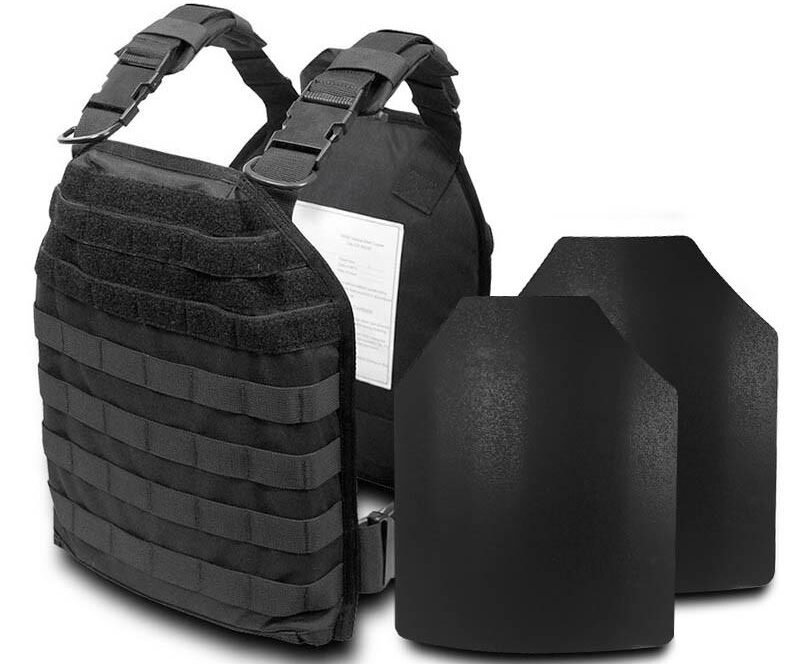A bulletproof helmet, also known as a ballistic helmet, is a tactical headgear designed to protect the wearer from ballistic threats, such as bullets and shrapnel. These helmets are essential for military personnel, law enforcement officers, and security professionals operating in high-risk environments.
Key Features of Bulletproof Helmets
- Material: Modern bulletproof helmets are typically made from advanced materials like Kevlar, Twaron, and ultra-high-molecular-weight polyethylene (UHMWPE). These materials provide high strength and durability while being lightweight.
- Protection Level: Helmets are rated based on their ability to stop specific types of bullets. Common standards include NIJ (National Institute of Justice) levels IIIA, III, and IV, with IIIA providing protection against most handgun rounds, and levels III and IV designed to stop rifle rounds.
- Design and Comfort: A well-designed helmet offers not only protection but also comfort. Features such as adjustable straps, padding, and ventilation systems ensure the helmet fits securely and comfortably for extended periods.
- Weight: The weight of a bulletproof helmet is a critical factor. Lighter helmets reduce fatigue and improve mobility, which is crucial in combat and tactical scenarios.
- Additional Features: Many modern helmets come with rails and mounting points for accessories like night vision goggles, communication systems, and cameras.


Types of Bulletproof Helmets
- PASGT (Personnel Armor System for Ground Troops): An older model made from Kevlar, providing good protection and widely used by the US military.
- MICH (Modular Integrated Communications Helmet): Designed for improved compatibility with communication devices, offering better protection and comfort compared to PASGT.
- ACH (Advanced Combat Helmet): A refinement of the MICH, used by the US Army, providing enhanced ballistic protection and a more ergonomic design.
- FAST (Future Assault Shell Technology): Known for its high cut and lightweight design, allowing for better compatibility with communication headsets and other tactical gear.
Selection Criteria for a Bulletproof Helmet
Threat Level: Assess the level of protection needed based on the operational environment and potential threats.
Fit and Comfort: Ensure the helmet fits well and is comfortable for long periods. Look for adjustable straps and ample padding.
Weight: Choose a helmet that balances protection and weight, considering the operational demands.
Compatibility: If using additional equipment like night vision or communication devices, ensure the helmet is compatible with these accessories.
Durability: Check the helmet’s material and construction quality to ensure it can withstand harsh conditions.




